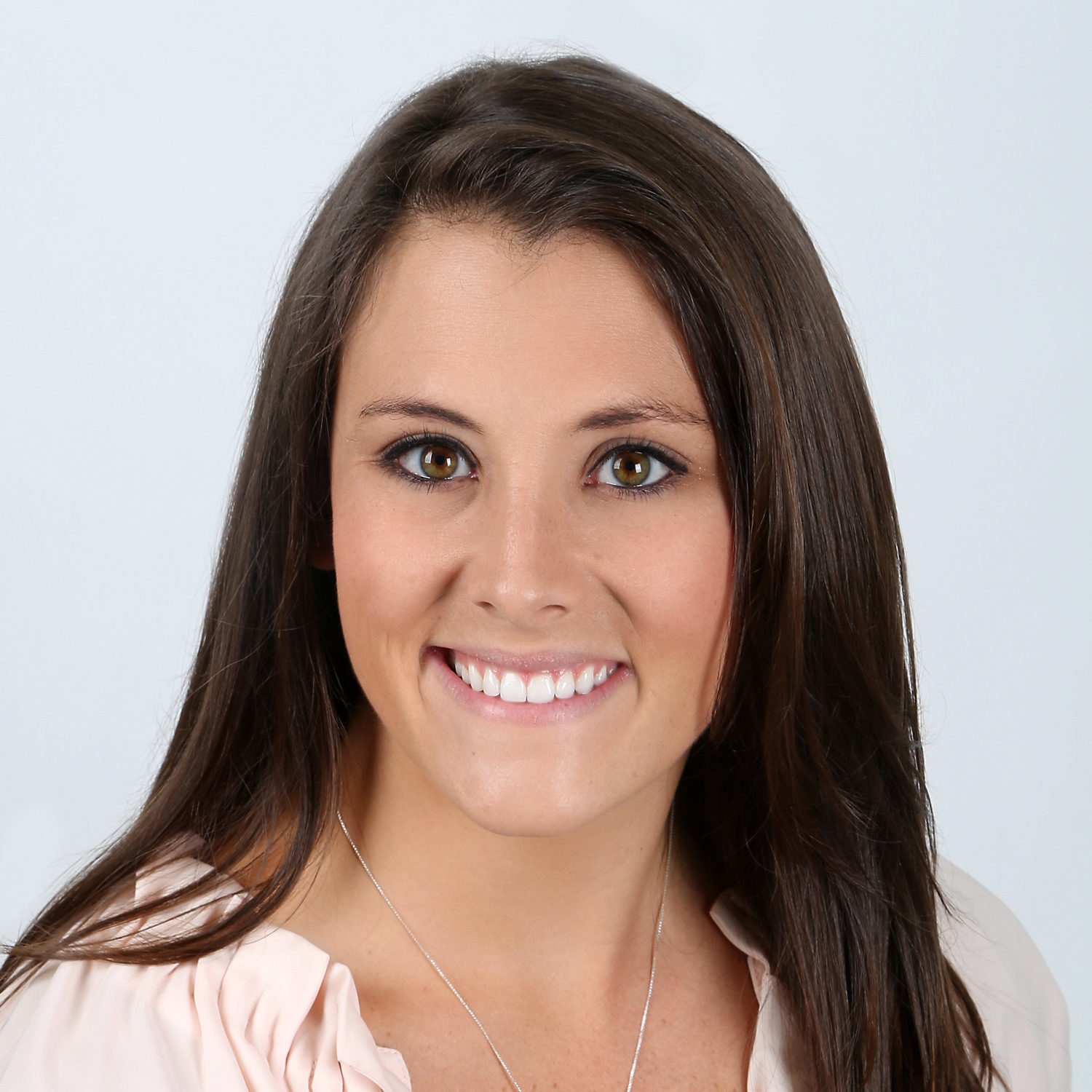Mammograms are a useful screening tool for breast cancer, but they aren’t perfect tests. Figuring out how best to use them is tricky and changes over time.
In early May, the United States Preventive Services Task Force (USPSTF) released a draft of their updated guidelines for breast cancer screening. They now propose changing the starting age from 50 to 40 and continue to recommend an every two-year interval until age 74. This is just a draft, open to public comment, and may change before the final recommendation is made.
The USPSTF is one of several medical organizations worldwide that issue mammography guidelines. Very few of them are in total agreement in terms of the age at which to start screening (35, 40, 45, 50, or never) and how frequently the tests should be performed (every 1, 2, or 3 years). Many organizations, like the USPSTF, also change their guidelines over time.
![]() Why the changes and variation?
Why the changes and variation?
There are good reasons why mammography guidelines are inconsistent between groups and change over time. It’s all about balancing the risks and benefits and keeping up with current data.
![]() Rates of breast cancer change with age and over time.
Rates of breast cancer change with age and over time.
Breast cancer rates increase with patient age. It is very uncommon in women* under 40 and most common in women in their 60s. Therefore, testing recommendations also vary by age so that we’re not looking for a needle in a haystack.
Breast cancer rates are also changing over time. The key reason that USPSTF lowered the starting age to 40 is that the rate of breast cancers in women aged 40-49 increased 2% per year from 2015 to 2019. In their modeling projections, they found that lowering the starting age from 50 to 40 would save an additional 1.3 lives per every 1000 women screened over their lifetimes. For perspective, there are 1000 seats in the theater at Disney World’s ![]() Frozen Sing-Along,
Frozen Sing-Along,![]() so that would mean saving the life of at least one person per “show!” Put another way, it could reduce the lifetime risk of death from breast cancer, which is currently 2.5% for women in the U.S., to about 2.4%. That may not seem like a lot, but if all women in the U.S. (currently 167 million) followed the new guidelines, that’s 167,000 lives potentially saved, which is enough to fill Lambeau Field in Green Bay, WI twice over!
so that would mean saving the life of at least one person per “show!” Put another way, it could reduce the lifetime risk of death from breast cancer, which is currently 2.5% for women in the U.S., to about 2.4%. That may not seem like a lot, but if all women in the U.S. (currently 167 million) followed the new guidelines, that’s 167,000 lives potentially saved, which is enough to fill Lambeau Field in Green Bay, WI twice over!
![]() Race, family history, and other risk factors are hard to account for on a population level
Race, family history, and other risk factors are hard to account for on a population level
Black women and white women have similar lifetime rates of breast cancer, but black women are more likely to die of breast cancer. This is partially due to higher rates of more aggressive types of breast cancer earlier in life, but also due to disparities in screening and treatment. Family history of breast cancer also increases lifetime risk of breast cancer and should be included in an individual’s decision on when to start screening. The draft guidelines stated that at this point in time there is not enough data to clearly recommend a specific strategy in these circumstances.
![]() Isn’t more testing better?
Isn’t more testing better?
Mammograms are not highly accurate. They are prone to accidentally missing cancers (false negatives) and to flagging something as potentially cancerous when it’s not (false positives). (For in-depth information about test performance characteristics, see TNG’s post here). While this is common with all screening tests, both situations can cause harm to patients.
A false negative can give false reassurance. Data shows that someone who had a recent normal mammogram is less likely to go see their doctor if they develop a new lump or other change, as they think it can’t be cancer. This leads to a delay in diagnosis and treatment of their cancer and, often, a worse outcome.
False positives are more common than false negatives, occurring in about 10% of mammograms overall. These cause anxiety for the patient, certainly. They also lead to additional tests and possibly procedures (like biopsies) that, in retrospect, were unnecessary. This “overdiagnosis” exposes patients to the risk of complications from those unnecessary interventions as well as hassle and financial cost. In the new draft guideline modeling, starting screening at 40 vs. 50 would result in an increase in the percentage of women who end up getting a biopsy that turns out not to be cancer, from 15% (if start at 50) up to 21% of women over their lifetime.
Another potential issue is “overtreatment.” Strange as it may sound, some types of breast cancers are relatively “lazy” or otherwise unlikely to cause real illness in people. In those cases, finding them earlier, or finding them at all, leads to treatments, often including surgery, radiation, and/or chemotherapy, that actually do not significantly improve the health of the patient. The USPSTF modeling found that lowering the starting age to 40 would slightly increase the risk of this from 1% to 1.2%.
Mammograms also expose patients to x-ray radiation. The dose is *very* small, but it makes sense to avoid even small exposures if there is not substantial benefit.
There are also different types of tests. Most facilities now use Digital Mammography, but some also recommend other tests, such as tomography, ultrasound, or MRI in certain situations. The USPSTF, in their draft, did not find sufficient data to support routine use of these alternative modalities for initial screening.
![]() It’s all in the timing.
It’s all in the timing.
The accuracy of mammograms varies with age. Younger women* tend to have very dense breasts, and it is very difficult to distinguish normal dense breast tissue from potential cancer on a mammogram. The test is more prone to error. This is especially challenging since younger women are also more likely to have more aggressive cancers, which would benefit the most from early detection. As people age, breast tissue becomes less dense, so it’s much easier to spot a potential cancer. Additionally, about half of women have naturally dense breasts. These women are at increased risk of breast cancer and increased risk of inaccurate mammogram results, so there is ongoing research to see if a different strategy might be warranted for this group.
The frequency of mammography screening also makes a difference in terms of finding a cancer before it has become more advanced. Studies clearly show the benefit of screening every 2 years vs. every 3, but the data is not as clear when comparing every year to every 2 years. The USPSTF modeling predicted an extra 0.26% of women’s lives would be saved with annual vs. biennial screening but that unnecessary biopsies would increase from 21% to 28%, and risk of unnecessary treatment would increase from 1.2% to 1.9%. In their analysis, they felt that these potential harms outweighed the benefit. That said, many other medical organizations and clinicians do recommend annual testing in the interest of potentially finding cancer earlier, even if it increases the risk of mammogram-related harms.
![]() Bottom Line
Bottom Line
The benefit of mammography screening is finding breast cancers earlier so that treatment can be more successful. Mammograms can and do save lives. But there are also potential harms. These include unnecessary procedures, hassle, and expense due to false positives; delayed diagnoses due to a false negative; and the possibility of some radiation exposure without any benefit. The risk/benefit calculations vary depending on age because cancer rates and mammography accuracy change with age. Therefore, determining the best strategy is a tricky business, especially when making general guidelines for the entire population. This is why guidelines vary among different organizations. Some are tipping the scales in terms of not missing any cancers, while others tip them toward preventing harms from unhelpful tests.
See TNG’s previous post for a helpful approach to making the decision about when mammography screening is right for you.
Stay safe. Stay well.
Those Nerdy Girls
*Note: Transgender men and transgender women also can and do get breast cancer. Unfortunately, we do not as yet have much data on breast health in these populations. Therefore, all of the data used for creating this recent draft guideline was based on studies of people who were identified as cis-gender women. Most health organizations currently recommend that *anyone* with developed breasts should follow the general screening guidelines.
~~~~~~~~~~~~~~~~~~~~~~~~~~~~~~~~~~~~~~~~~~~~~~~~~~~~
Resources:
USPSTF Draft Recommendations [archived link]
A breast cancer surgeon’s opinion on the new draft guidelines
Washington Post article on the new guidelines
Canadian study showing decreased rates of advanced cancers with screening women in their 40s
About dense breasts, from American College of Obstetricians and Gynecologists (ACOG)
Breast cancer screening for transgender persons
Rates of false negatives and false positives with mammograms [archived link]
USPSTF’s modeling studies on outcomes with different screening recommendations [archived link]



